Replacing Flowering Dogwood with........?
bart1
11 years ago
Related Stories
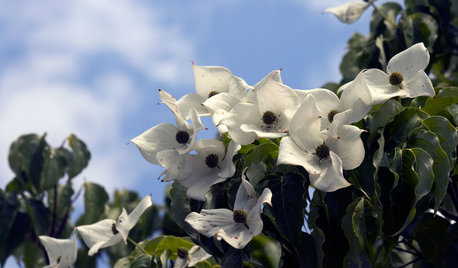
GARDENING GUIDESGreat Design Plant: Kousa Dogwood
This four-season landscape star offers lovely pink bracts, bumpy summer berries and more
Full Story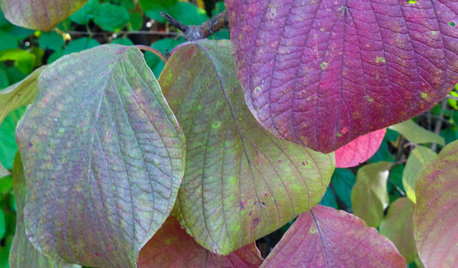
FLOWERS AND PLANTSCornus Rugosa, an Understated, Elegant Native Dogwood
Plant roundleaf dogwood for showy white flowers favored by pollinators in spring and for beautiful foliage in fall
Full Story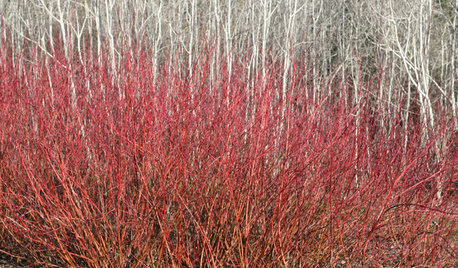
WINTER GARDENINGGreat Design Plant: Redtwig Dogwood
Fiery winter foliage makes this plant a seasonal stunner
Full Story
GREAT HOME PROJECTSHow to Replace Your Lawn With a Garden
New project for a new year: Lose the turfgrass for energy savings, wildlife friendliness and lower maintenance
Full Story
TREES7 Deer-Resistant Flowering Trees to Plant this Fall
If you live in a neighborhood with roaming deer, consider these beautiful trees that won't tempt hungry guests
Full Story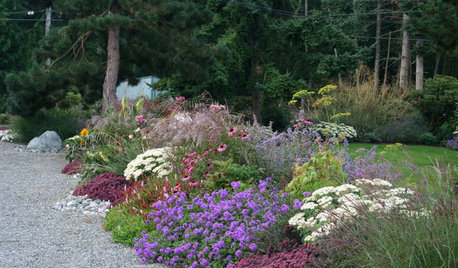
MOST POPULARHow to Design a Colorful Flower Bed
Fall planting: Delight the eye through 3 seasons with bright flowers placed just right. Late summer is the time to plan
Full Story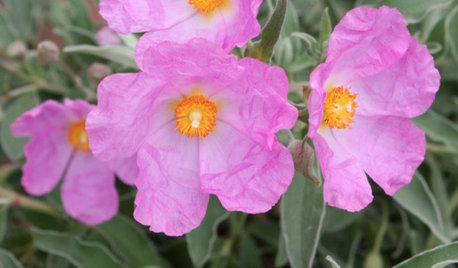
GARDENING GUIDESGreat Design Plant: Rockrose
Dry summer heat and poor soil won't quell the profuse papery blossoms of rockrose, a low-maintenance champion
Full Story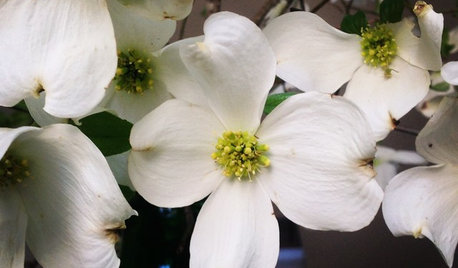
GARDENING GUIDESGreat Design Plant: Cornus Florida Benefits Wildlife
Flowering dogwood provides fiery red foliage in fall and beautiful springtime blooms
Full Story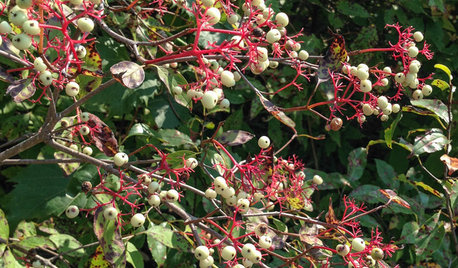
GARDENING GUIDESGreat Design Plant: Cornus Racemosa
In eastern North America, plant gray dogwood for erosion control or privacy, and you'll get flowers, berries and maroon fall foliage too
Full Story
SPRING GARDENING7 Spectacular and Practical Spring-Flowering Trees
Put on a beauteous show in the garden with a landscape tree awash in flowers — just do your homework first
Full Story







j0nd03
ken_adrian Adrian MI cold Z5
Related Professionals
Bellflower Landscape Architects & Landscape Designers · Kaneohe Landscape Contractors · Lakeville Landscape Contractors · Middletown Landscape Contractors · New Cassel Landscape Contractors · Rio Linda Landscape Contractors · West Orange Landscape Contractors · Winchester Landscape Contractors · North Aurora Landscape Contractors · Puyallup Siding & Exteriors · Wareham Siding & Exteriors · Carmel Decks, Patios & Outdoor Enclosures · Fort Mill Decks, Patios & Outdoor Enclosures · Lincolnton Decks, Patios & Outdoor Enclosures · Mastic Decks, Patios & Outdoor EnclosuresIspahan Zone6a Chicago
gardenapprentice
bart1Original Author